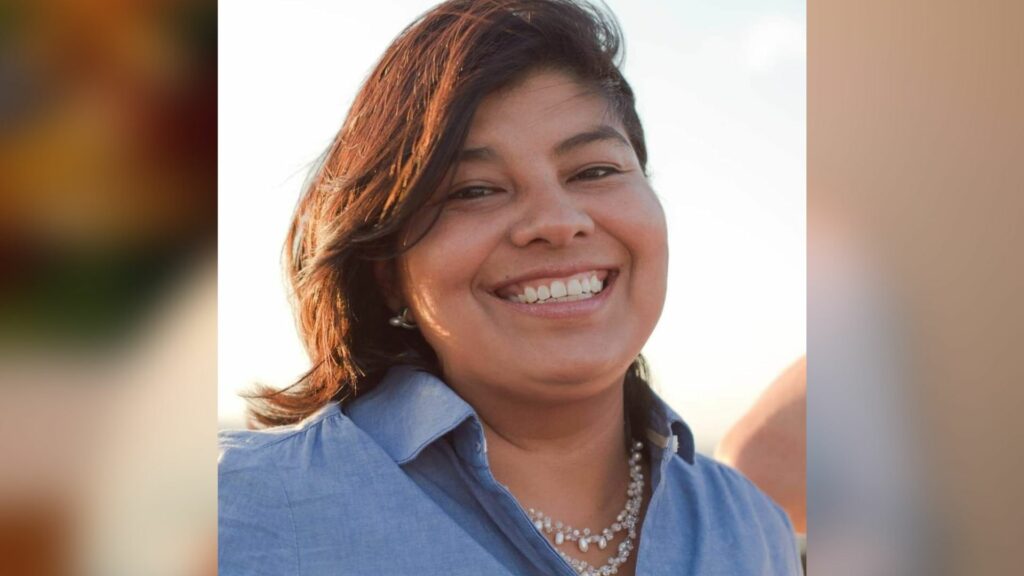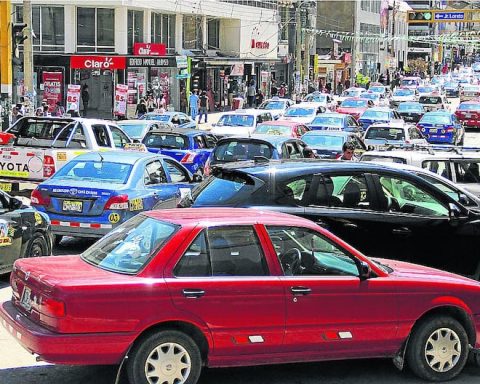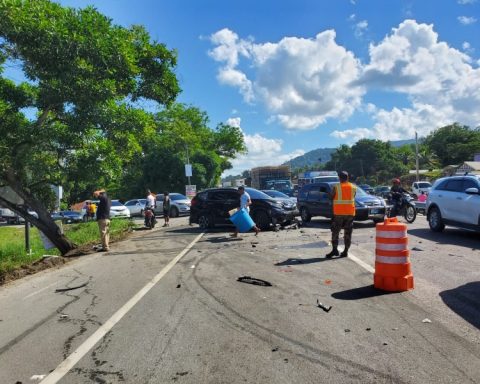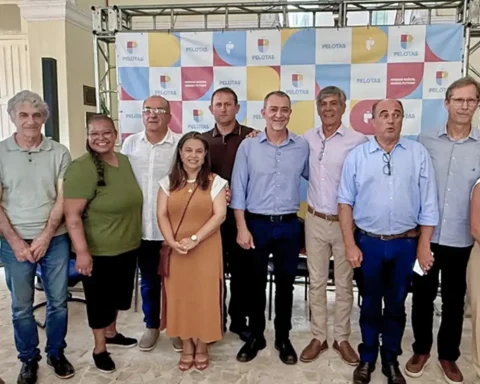As of May 17, the census takers will begin the face-to-face survey or, failing that, they will request the code obtained from the self-census
On Saturday, April 29, the website will be enabled in which the population will be able to register their data from the 2023 National Census, officially presented this Thursday. As of May 17, the census takers will begin the face-to-face survey or, failing that, they will request the code obtained from the self-census. Some 7,000 officials will relieve more than 600 locations. The information will be an input for the design of public policies.
The technical director of the National Statistics Institute (INE), Diego Aboal; The Deputy Secretary of the Presidency of the Republic, Rodrigo Ferrés, and the President of the National Census Commission and Director of the Office of Planning and Budget (OPP), Isaac Alfie, led, on Thursday 30, the presentation of the 2023 Census, at the Executive Tower.
The population, households and housing census, which will examine 1,500,000 households in 650 localities, will begin on April 29, and will provide the possibility for the population to complete their records through digital devices, Aboal explained.
This period will last for about four weeks, from May 17, some 7,000 duly identified census takers will make their records throughout the country. In the event that the person to be interviewed has entered their data on the web, they will be asked for a code obtained at the end of the form.
self-census
For the self-census, it will be necessary to enter the web censo2023.uyand follow the instructions, which will guide you to complete the questionnaire.
Likewise, Aboal added that, if self-management is chosen, the meter data and the UTE account number will initially be requested to identify the households.
The census questionnaire will be available every day of the week, 24 hours a day, and can be completed from any place with an internet connection.
Alfie, for his part, stressed that the census constitutes the largest data collection deployment operation for the development of policies in a country. “From where to install a new teaching center to where to build a hospital or a police station,” he explained.
He also stressed the importance of conducting a pre-census. “Today we have more than 70,000 census areas and more than 1,500,000 verified throughout the country with the georeferenced map,” he said. “The achievement is coverage and quality of information,” he added.
The Ministers of Labor and Social Security, Pablo Mieres; of Education and Culture, Pablo da Silveira; Livestock, Agriculture and Fisheries, Fernando Mattos; of Housing and Land Management, Irene Moreira, and of Public Health, Karina Rando.
They were also accompanied by the president of the National Public Education Administration (ANEP), Robert Silva; the deputy director of the OPP, Benjamín Irazábal, and the directors of the 2023 Census, Leonardo Cuello and Lucía Pérez.

















